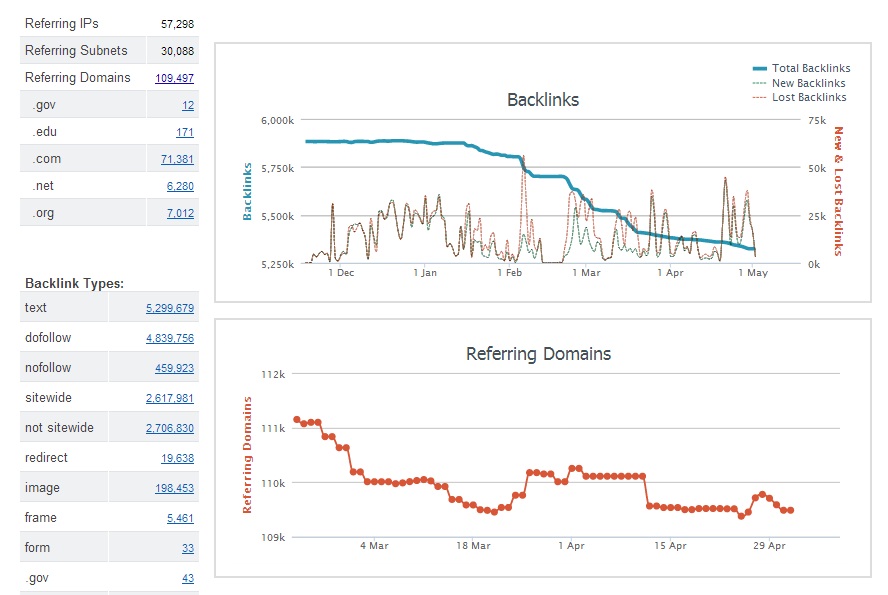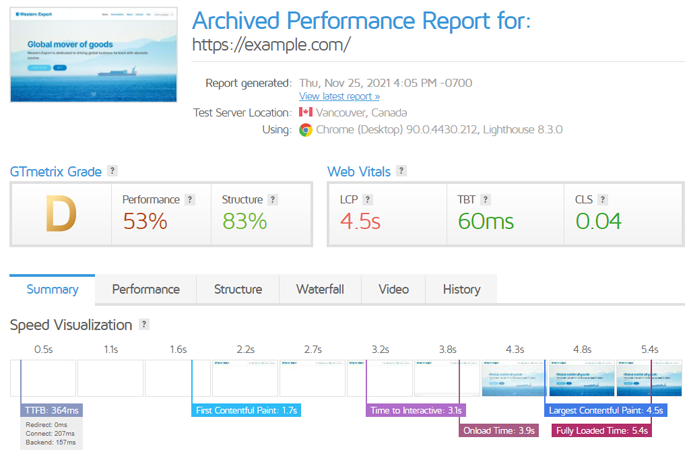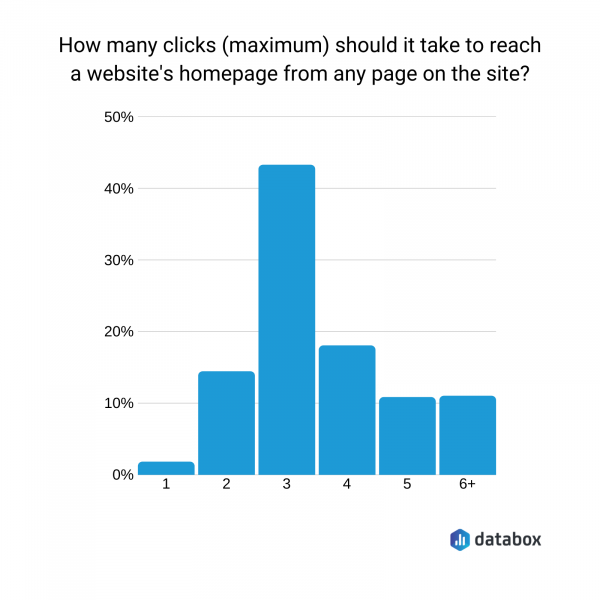
In the ever-evolving world of digital marketing, maintaining a website’s visibility and performance on search engines is no longer a one-time task. It requires consistent effort, strategic planning, and regular evaluation. One of the most effective ways to ensure your website stays competitive is by conducting quarterly SEO health checkups. These audits are not just about fixing technical issues—they’re about understanding how your site performs in the eyes of both users and search engines.
This guide will walk you through the process of performing a comprehensive quarterly SEO health checkup. Whether you’re an agency managing multiple clients or a business owner looking to optimize your own site, this article will provide actionable steps to keep your online presence strong and relevant in 2025.
What Is an SEO Health Checkup and Why It Matters
An SEO health checkup is a systematic review of your website’s performance across key SEO metrics. It involves analyzing technical aspects, content quality, user experience, and off-page factors like backlinks. The goal is to identify potential issues that could be hindering your site’s ability to rank well in search engine results pages (SERPs).
Why does this matter? Search engines like Google constantly update their algorithms, and what worked yesterday might not work today. Without regular checkups, even small technical errors can snowball into major problems. Think of it as a routine medical checkup—catching issues early can prevent more serious complications down the line.
According to industry data, websites with a high SEO health score (above 90%) tend to outperform those with lower scores. But even a slight drop in health can signal underlying issues that need attention. That’s why quarterly audits are essential for maintaining a healthy, high-performing website.
How SEO Health Checkups Impact SEO Performance
Regular SEO health checkups have a direct impact on several key SEO metrics:
- Traffic: A well-maintained site is more likely to appear in search results, driving organic traffic.
- Engagement: Optimized content and user-friendly design improve dwell time and reduce bounce rates.
- Rankings: Addressing technical issues and optimizing on-page elements helps maintain or improve keyword rankings.
- Conversions: A fast, mobile-friendly, and accessible site leads to better user experiences, which can increase conversions.
Additionally, these checkups help align your site with evolving SEO best practices, such as E-E-A-T (Experience, Expertise, Authoritativeness, Trustworthiness), mobile-first indexing, and voice search optimization. By staying ahead of algorithm updates, you ensure your site remains competitive.
Step-by-Step Implementation Framework
Performing a quarterly SEO health checkup doesn’t have to be overwhelming. Follow this structured approach to ensure you cover all critical areas:
1. Define or Audit the Current Situation
Start by gathering baseline data. Use tools like Google Analytics and Google Search Console to understand your current performance. Key metrics to track include:
– Organic traffic trends
– Bounce rate
– Average session duration
– Page speed
– Indexation status
Also, review your previous audit reports to identify recurring issues and track progress over time.
2. Apply Tools, Methods, or Tactics
Use a combination of automated tools and manual checks to assess different aspects of your site. Some recommended tools include:
– Google Search Console – For crawl errors, index coverage, and performance insights.
– Screaming Frog – For technical audits, including broken links, meta tags, and site structure.
– Ahrefs / SEMrush – For backlink analysis, keyword tracking, and competitor research.
– GTmetrix / Lighthouse – For page speed and performance optimization.
Focus on the following areas during your audit:
– Technical SEO: Crawlability, site speed, mobile usability, and HTTPS implementation.
– On-Page SEO: Meta tags, header tags, content quality, and internal linking.
– Content Audit: Identify outdated or low-performing content, and look for opportunities to create new, valuable material.
– Backlink Profile: Analyze the quality and relevance of your backlinks, and disavow any toxic links.
3. Measure, Analyze, and Optimize
Once you’ve gathered data, analyze the findings and prioritize fixes based on severity. Critical issues (e.g., broken links, server errors) should be addressed immediately. Less urgent issues can be scheduled for future updates.
Create an action plan with clear timelines and assign responsibilities. Track your progress using dashboards like AgencyAnalytics or custom reports. Regularly update your team on the results and adjust your strategy as needed.
Real or Hypothetical Case Study
Let’s take a hypothetical example of a mid-sized e-commerce store that implemented quarterly SEO health checkups.
Before the Audit:
– Organic traffic had dropped by 15% over six months.
– Several product pages had duplicate meta descriptions.
– Site speed was below average, with a Core Web Vitals score of 65.
– There were over 50 broken links across the site.
After the First Quarterly Audit:
– Fixed 45 broken links.
– Updated meta tags and optimized content for targeted keywords.
– Improved site speed to 85+ Core Web Vitals score.
– Added 10 new blog posts targeting long-tail keywords.
Results:
– Organic traffic increased by 22% within three months.
– Bounce rate decreased from 58% to 42%.
– Conversion rate improved by 10%.
This case study highlights how regular SEO checkups can lead to measurable improvements in traffic, engagement, and revenue.
Tools and Techniques for SEO Health Checkups
To streamline your quarterly SEO health checkups, consider using the following tools:
- Google Search Console – Essential for monitoring crawl errors, indexing, and performance.
- Screaming Frog – Great for technical audits and site crawling.
- Ahrefs – Excellent for backlink analysis and keyword research.
- SEMrush – Comprehensive tool for on-page SEO, competitor analysis, and content optimization.
- GTmetrix – Useful for evaluating page speed and performance.
- Lighthouse (Chrome DevTools) – Provides detailed insights into accessibility, performance, and best practices.
Each tool has its strengths, so use a combination of them to get a full picture of your site’s health.
Future Trends and AI Implications
As AI continues to shape the future of SEO, the importance of regular health checkups will only grow. Search engines are becoming more sophisticated in understanding user intent, and AI-powered tools are making it easier to identify and fix issues in real-time.
For example, Google’s Search Generative Experience (SGE) is changing how users interact with search results, emphasizing the need for high-quality, conversational content. Voice search and multimodal search are also gaining traction, requiring websites to adapt to new formats and user behaviors.
To stay ahead, focus on:
– AI-driven analytics – Use tools that leverage machine learning to predict trends and recommend optimizations.
– Voice and mobile-first content – Ensure your content is optimized for natural language and mobile devices.
– Continuous learning – Stay updated with the latest SEO trends and algorithm changes.
Key Takeaways
- Quarterly SEO health checkups are essential for maintaining a competitive edge in search rankings.
- Regular audits help identify and fix issues before they impact traffic, engagement, or conversions.
- Use a combination of tools and techniques to cover all aspects of SEO, from technical to content optimization.
- Stay ahead of algorithm updates and evolving user behavior by continuously refining your strategies.
- Prioritize user experience alongside technical SEO to build trust and drive long-term growth.
By making quarterly SEO health checkups a standard part of your digital strategy, you’ll not only protect your website’s performance but also position it for sustained success in the ever-changing world of search.
Meta Title: How to Perform an SEO Health Checkup Quarterly
Meta Description: Learn how to conduct a quarterly SEO health checkup to maintain your website’s performance and stay ahead of search algorithm updates.
SEO Tags (5): SEO health checkup, quarterly SEO audit, technical SEO, on-page SEO, SEO tools
Internal Link Suggestions: Parameter #12: Technical SEO Audit, Parameter #7: On-Page SEO Optimization, Parameter #9: Backlink Analysis
External Source Suggestions: https://support.google.com/webmasters, https://www.semrush.com, https://ahrefs.com









